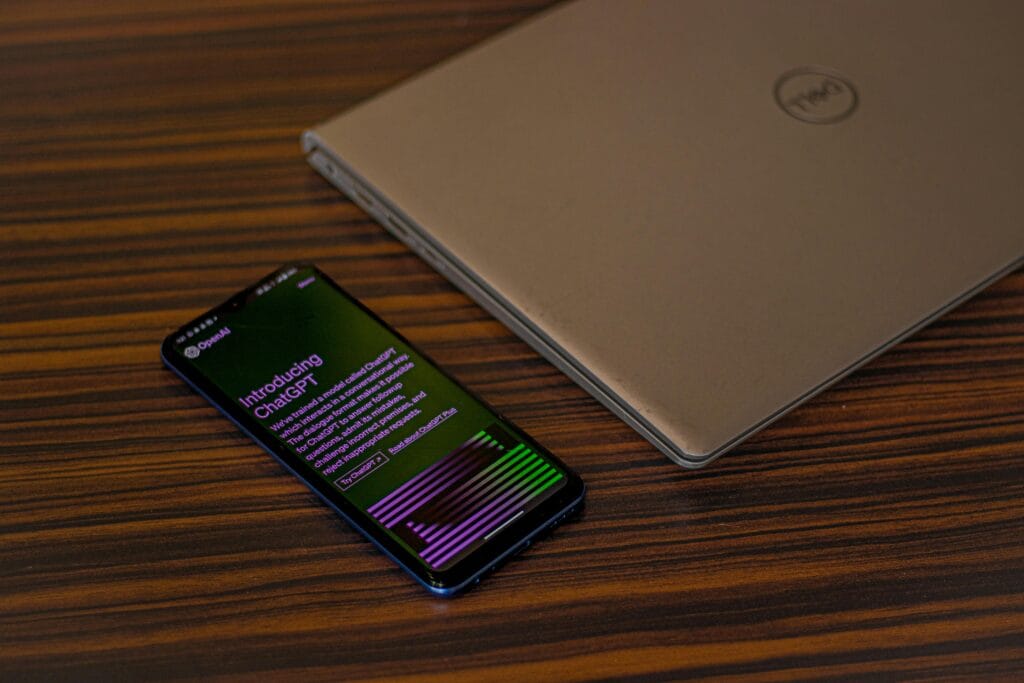
In today’s digital age, screen time has become a hot topic of debate among parents and teenagers. With smartphones, tablets, and laptops becoming an integral part of our daily lives, it’s no wonder that the issue of how much time we spend in front of screens has become a concern. In this blog post, we will explore how both teens and parents approach screen time and the challenges they face in finding a balance.
The Teen Perspective
For teenagers, screens are not just a means of communication but also a source of entertainment and social connection. From scrolling through social media feeds to playing video games, screens offer a world of endless possibilities. However, excessive screen time can have negative effects on their mental and physical health.
Many teens argue that they need screen time to stay connected with their friends and keep up with the latest trends. Social media platforms like Instagram and Snapchat have become a virtual hangout spot for teenagers, where they share photos, videos, and updates about their lives. It’s their way of staying connected and feeling a sense of belonging in the digital world.
But with the increasing use of screens, teens often find themselves caught in a digital trap. They may spend hours scrolling through their social media feeds, comparing themselves to others, and feeling the pressure to present a perfect image online. This can lead to feelings of anxiety, depression, and a distorted sense of reality.
The Parent Perspective
On the other side of the spectrum, parents are concerned about the impact of excessive screen time on their children’s well-being. They worry about the negative effects on their physical health, such as poor posture and lack of exercise. They also fear that too much screen time can hinder their child’s social and emotional development.
Parents often find themselves in a constant battle with their teenagers over screen time limits. They set rules and restrictions, only to be met with resistance and arguments. It’s a power struggle between wanting to protect their children and allowing them the freedom to explore the digital world.
Some parents resort to monitoring their child’s screen time through parental control apps or software. While this may provide some peace of mind, it can also strain the parent-child relationship and erode trust. Finding a balance between protecting their child and fostering independence is a delicate tightrope that many parents walk.
Finding Common Ground
So, how can teens and parents find common ground when it comes to screen time? The key lies in open communication and setting reasonable boundaries. Instead of viewing screen time as a battleground, it’s important to have honest conversations about the benefits and drawbacks of excessive screen use.
Teens can be encouraged to engage in activities that promote a healthy balance between screen time and real-world experiences. Encouraging hobbies, sports, and spending time with friends offline can help them develop a well-rounded lifestyle. Parents can also lead by example and limit their own screen time, showing their children the importance of finding a balance.
It’s crucial for parents to trust their teenagers and give them the opportunity to make responsible choices. By involving them in the decision-making process and allowing them to have a say in setting screen time limits, parents can empower their teens to take ownership of their digital habits.
Conclusion
In the battle of screen time, both teens and parents have valid concerns and perspectives. While screens have become an integral part of our lives, finding a balance is crucial for the well-being of teenagers. By fostering open communication, setting reasonable boundaries, and encouraging a healthy balance between screen time and real-world experiences, both teens and parents can navigate the digital world together.
Remember, it’s not about completely eliminating screen time but rather finding a healthy balance that allows for both digital engagement and real-life connections. So, let’s embrace the digital world while also keeping our feet firmly grounded in the offline world.







